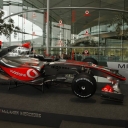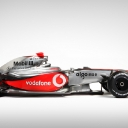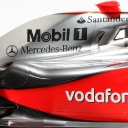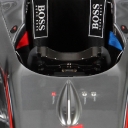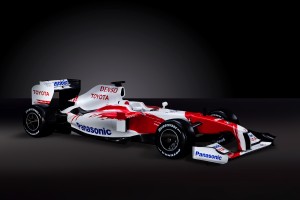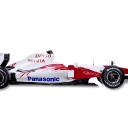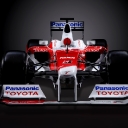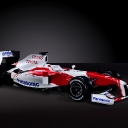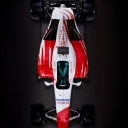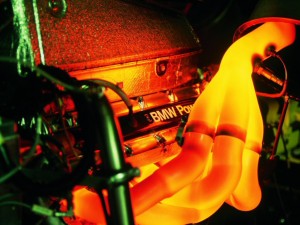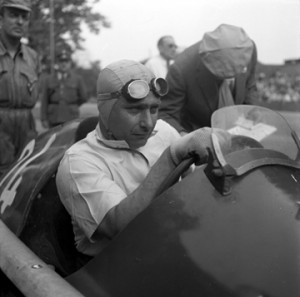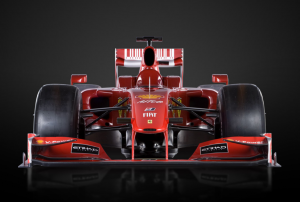McLaren’s beautiful MP4-24
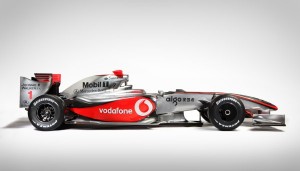 McLaren became the third team to launch their 2009 car on Friday at their headquarters in Woking. Unveiled by world champion Lewis Hamilton and his team-mate Heikki Kovalainen, the new MP4-24 bears little resemblance to its world championship-winning predecessor due to the introduction of a raft of new rules that have reshaped Formula 1 ahead of the 2009 season.
McLaren became the third team to launch their 2009 car on Friday at their headquarters in Woking. Unveiled by world champion Lewis Hamilton and his team-mate Heikki Kovalainen, the new MP4-24 bears little resemblance to its world championship-winning predecessor due to the introduction of a raft of new rules that have reshaped Formula 1 ahead of the 2009 season.
There have been a lot of comments during pre-season testing that the new regulations for 2009 will make for ugly looking cars and when I first saw the BMW I didn’t think it looked that pretty either. I think 2008’s MP4-23 was probably the best looking car in the paddock last year so I was a bit worried about what would come out of the factory at Woking on Friday. But I have to say with each new car launch the new look is growing on me. I like the clean lines and waspish waist the new cars have. The differently shaped sidepods look cool and the front and rear wings don’t seem so out of proportion any more. Sure, the front wings don’t have such sophisticated, curving surfaces any more but there is still scope for individuality and there is added complexity with the moveable elements.
At the launch of the MP4-24 everyone was saying how good it looked.
Ron Dennis:
At the same time you are trying to make a good looking car, that is a value we put high, if it looks good it goes good.
Lewis Hamilton:
This is the first time I’ve seen it fully put together and it looks beautiful. The team manages to always put together a stunning car and it’s great to see the final outcome of the work that has gone on.
There’s an old saying in motor racing that says a beautiful car often turns out to be a quick car. And all I can say is that I hope that’s right, because I reckon the MP4-24 looks simply sensational. Really beautiful, in fact.
Heikki Kovalainen:
I echo Lewis’ thought. It looks great. Whatever the regulation changes are the team have managed to make a beautiful car.
I agree. The McLaren MP4-24 is a beautiful car. It continues the attention to detail of its predecessor in little things like the surfaces round the air intake. The front wing looks nicely shaped and I like the long narrow nose.
Interestingly there seem to be buttons marked “KERS” and “MEDICAL” on the chassis next to the button for putting the car in neutral. I assume the KERS button will disable the KERS device but I don’t remember seeing a medical button before. It could be that this is not a button but a medical warning light that signals that threshold forces have been exceeded. These labels seem much more subtle than the big “N” stickers on the Ferrari F60 and Toyota TF109 so it could be that standard labels will be applied after the launch.
With in-season track testing now prohibited, the MP4-24 will undergo an intensive winter programme at the following venues prior to the season-opening Australian Grand Prix on March 29:
| Jan 19-22 | Portimao | Group test one |
| Feb 10-13 | Jerez | Group test two |
| Mar 1-4 | Jerez | Group test three |
| Mar 9-12 | Barcelona | Group test four |
| Week 12 | Private test ahead of transportation to Melbourne |
